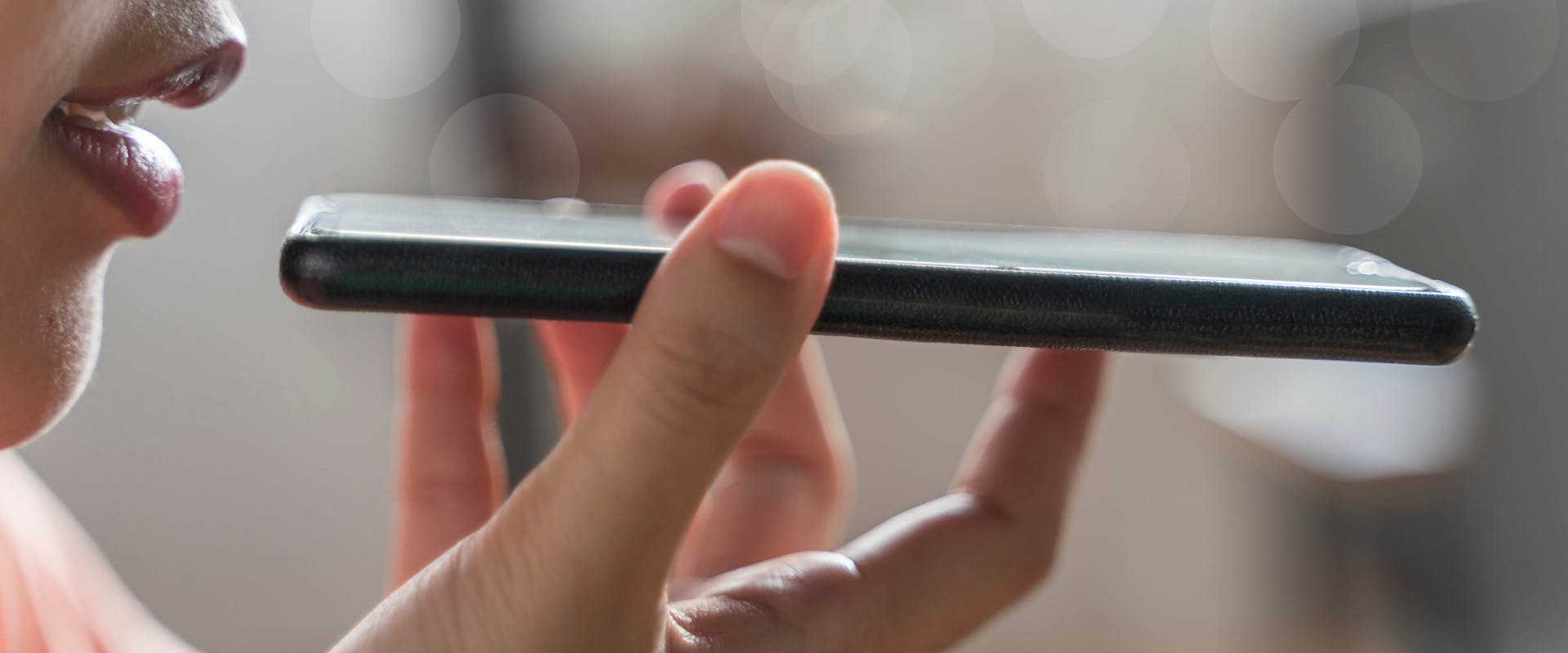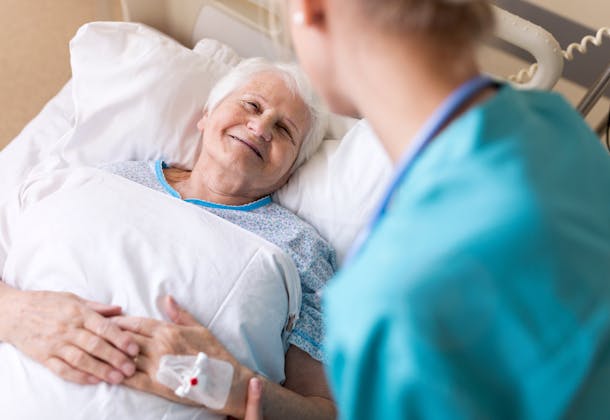November 6, 2023
Wearable technologies help fight diabetes
Continuous innovation in the field of medical devices aims to improve user-friendliness and reduce the burden on patients. This also applies to people with diabetes, which is why CSEM and the Department for Diabetes, Endocrinology, Nutritional Medicine and Metabolism (UDEM) at Inselspital, University Hospital Berne aim to develop non-invasive, non-intrusive hypoglycemia detection solutions based on voice and other physiological signals.

© CSEM - Like other vital signs, voice can potentially harbor relevant information about the state of health of patients.


